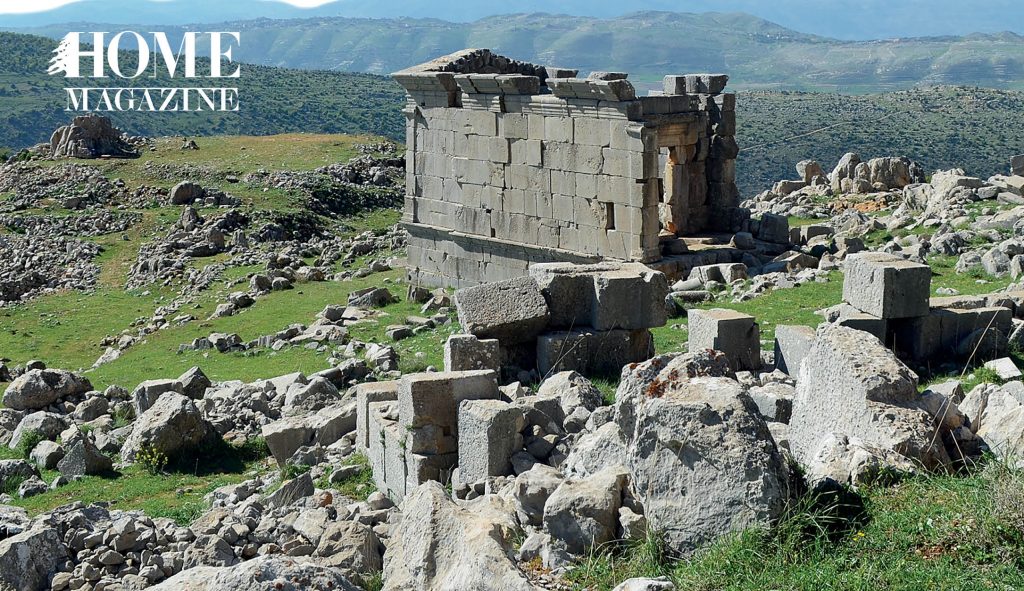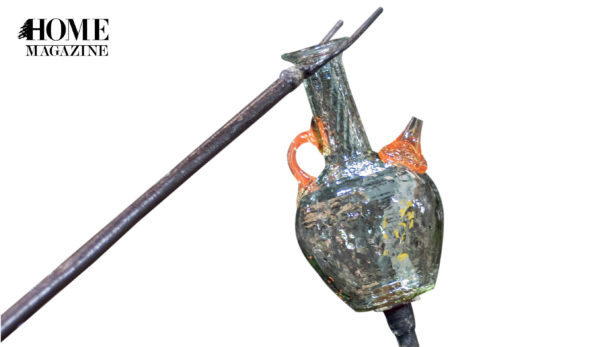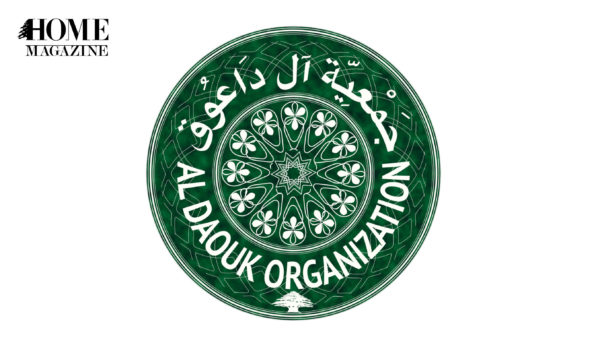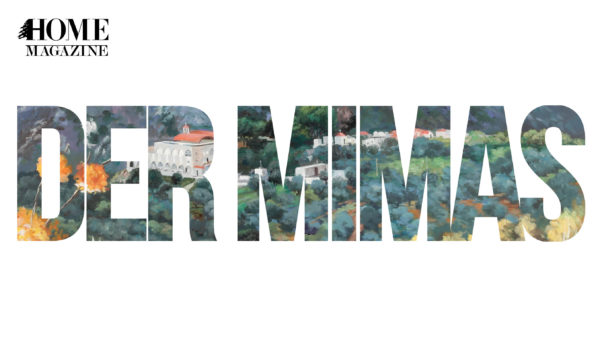Photos by: Georges Jabbour
Jabal el Sheikh, the “Mountain of the Chief,” the highest summit of the Anti-Lebanon range, majestically rises on the extreme southeastern border of Lebanon. Its summit reaches 2.814 meters (9.232 ft) above sea level and straddles the border between Lebanon and Syria. It is a massive, snow-capped mountain that towers above the surrounding countryside. Snow covers its peaks for most of the year, and thus its melted water feeds the Hasbani River in Lebanon, the Jordan River and the Lake of Tiberias, as well as other rivers and streams.
Its name in Arabic, the “Mountain of the Chief,” is thought to derive from the association of its snowy summits with an elder’s grey hair.
Jabal el Sheikh is better known as Mount Hermon. The holiness of the Lebanese mountains need not be proven. “The ground split open with the heels of their feet, as they whirled around in circles, Mt. Hermon and Lebanon split.” This is an excerpt taken from the Epic of Gilgamesh, a poem from ancient Mesopotamia (c. 2100 B.C.), written on clay tablets and often considered the earliest surviving great work of literature.

Pilasters Lion Muffles
Furthermore, Mount Hermon is often mentioned in the Bible as Hermon, Sion or Senir. Called Baal-Hermon by the worshipers of Baal (Lord God), it was also revered by the Romans.
Thought to be a possible location of the transfiguration of Jesus, it is also a sacred place for the Druze (a Druze shrine lies in the vicinity of Hasbaya).
The highest temple of the ancient world sits on the summit of the mount and is known today as Qasr Antar. The temple was documented in 1869 by Charles Warren, who found a stela (an upright stone slab or column bearing a commemorative inscription) with a Greek inscription that was translated as follows: “According to the command of the greatest Holy God, those who take an oath, from here.”
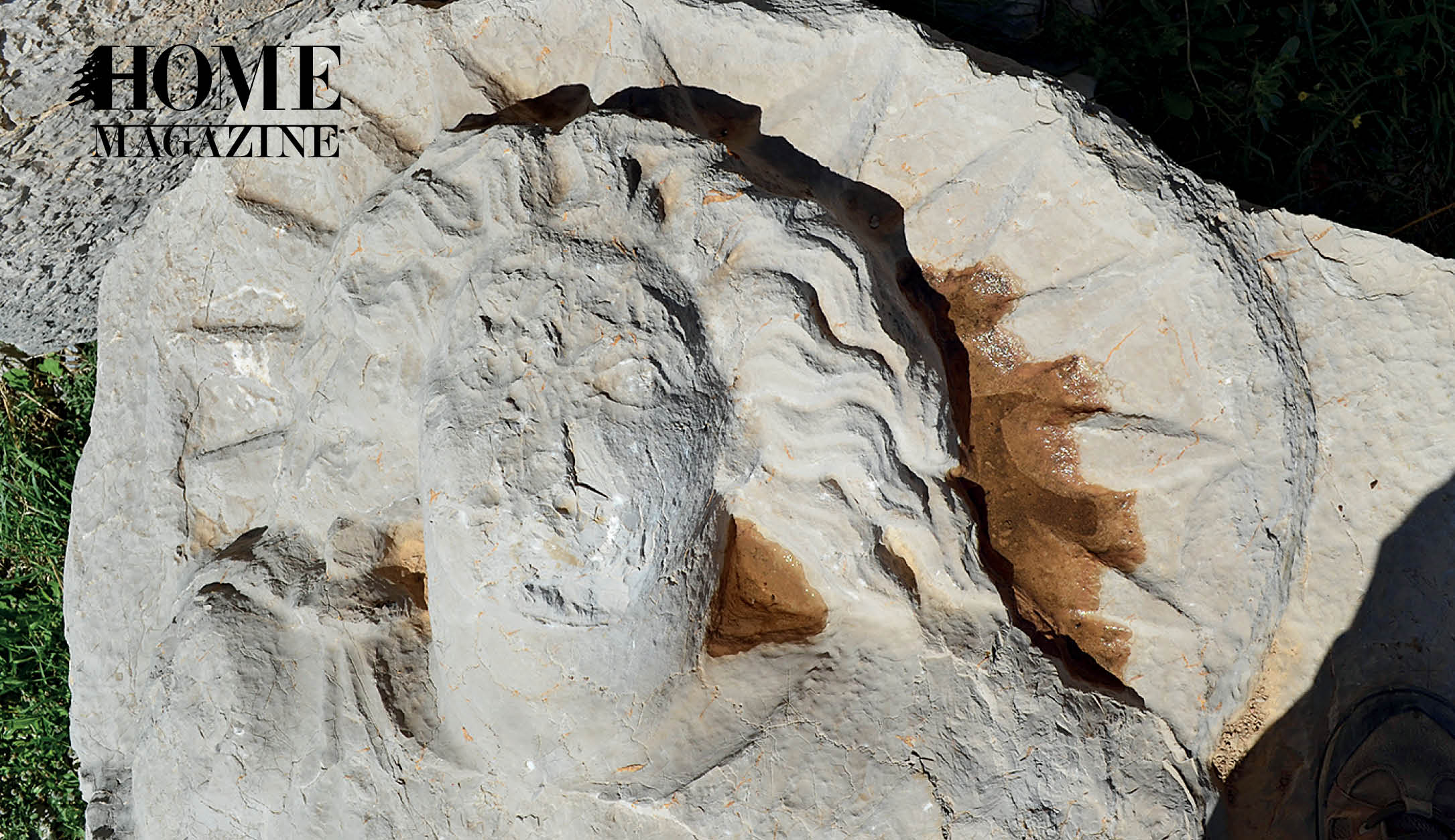
Volutes
Some 17 Roman temples can still be reckoned on the slopes and around Mount Hermon. Most of them have visible and distinguishable remains, whilst others are identified through inscriptions.
The village of Deir El Aachayer lies on the border between Lebanon and Syria, and is settled upon the terraces that overlook Birket el-Bouhairi. When reaching the center of the village, one stumbles on the remains of a quite large preserved temple. A walk in the town will reveal massive ruins amid the village houses. A Greek inscription can be seen below the great temple that attests to the use of this sacred place in 132 A.D.
The temple opens toward the east, its monumental staircase has totally disappeared, and although one cannot see any column’s remains, we can assume their existence all around the cella (the inner chamber). The capitals are of the Ionic order, bearing volutes on their corners, and are decorated with swastikas.
Another well preserved temple of Mount Hermon is located near the village of Ain Hirsha. A 30-minute walk uphill from the village leads to the remains of a Roman temple of the 2nd century A.D.

Helio’s torso
The temple can hardly be differentiated from its surrounding environment, but once you reach it, it stands out majestically on the slope. It is one of the best preserved temples in Lebanon. Its decoration is quite simple: angle pilasters and lion muffles. A feminine torso with a lunar crescent is carved on the western pediment. It represents Selene, the Greek goddess of the moon. A fragment lying on the ground depicts Helios, the solar god. A quite intriguing relief, a sculpture that remains attached to a solid background of the same materials, representing a miniature temple, can be seen right under Selene’s torso.
Other construction remains can be seen around the temple, some of which can be identified with dwellings, tombs and sarcophagi.
Reaching the Hermon Mountains is not an easy task. It’s a two-hour drive (traffic-less of course), but the scenery on your way and the peacefulness felt once there are its own reward.
Song of Songs 4:8
Come with me from Lebanon, my bride, come with me from Lebanon.
Descend from the crest of Amana, from the top of Senir, the summit of Hermon, from the lions’ dens and the mountain haunts of leopards.
Psalm 133
When Brothers Dwell in Unity
A Song of Ascents. Of David.
Behold, how good and pleasant it is when brothers dwell in unity!
It is like the precious oil on the head, running down on the beard, on the beard of Aaron, running down on the collar of his robes!
It is like the dew of Hermon, which falls on the mountains of Zion!
For there the Lord has recommended the blessing, life forevermore.

